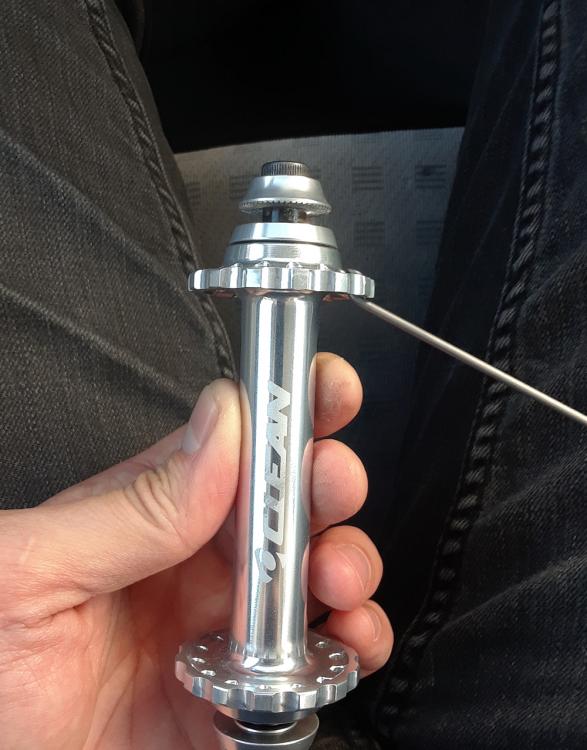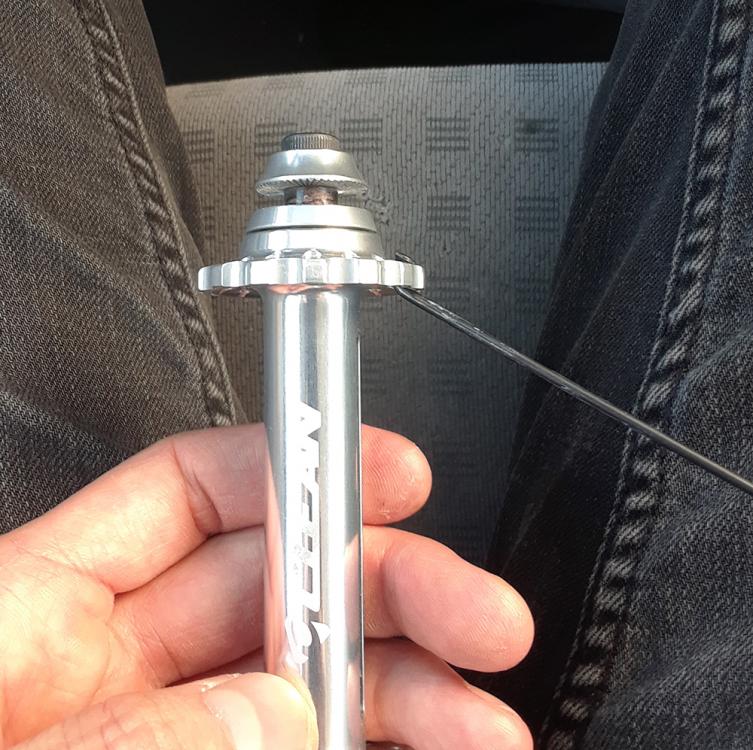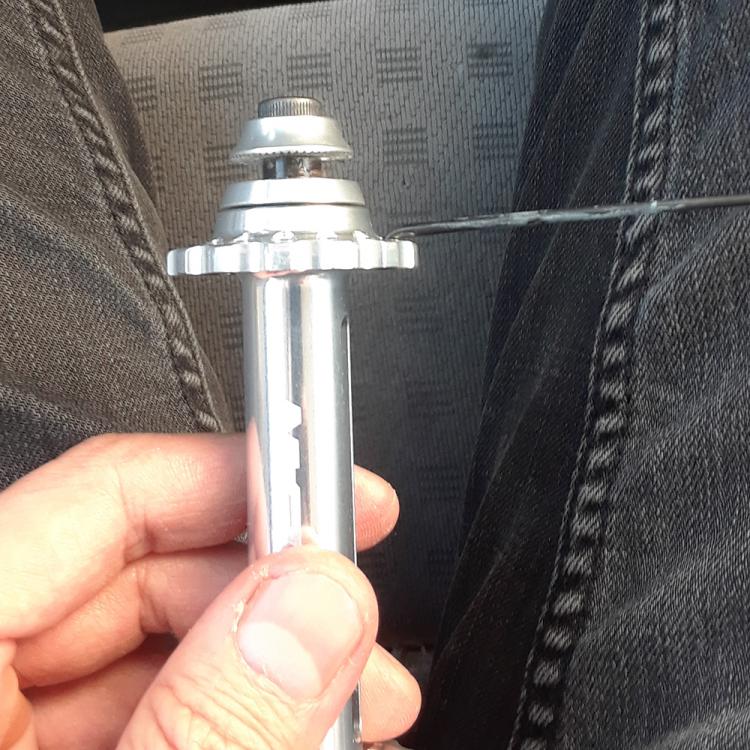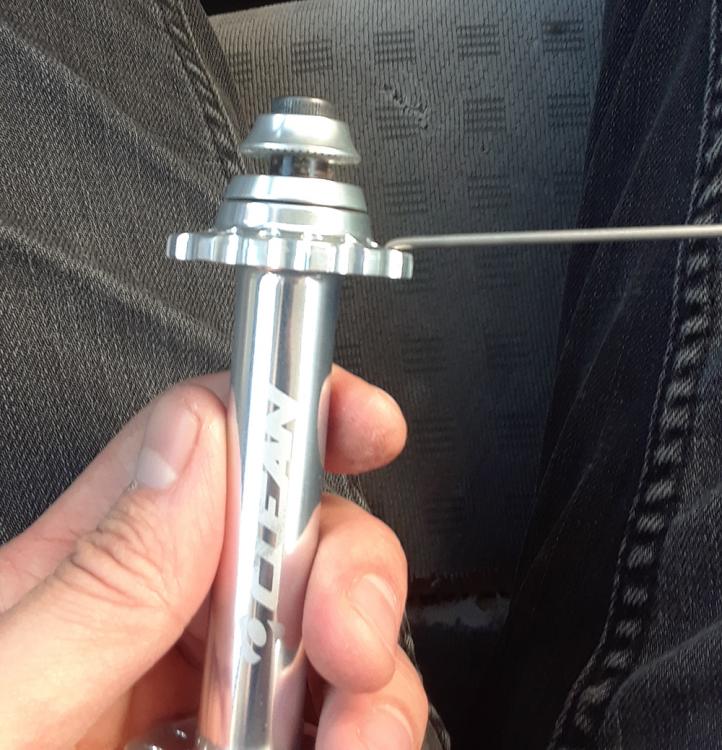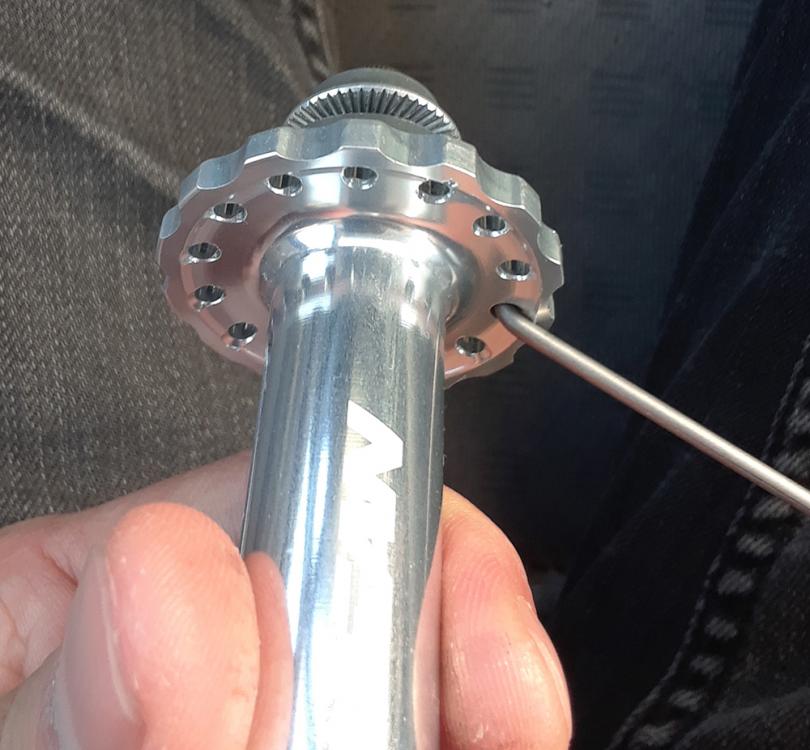
Mr_Orange
Members-
Posts
27 -
Joined
-
Last visited
Recent Profile Visitors
The recent visitors block is disabled and is not being shown to other users.
Mr_Orange's Achievements

Trials Newbie (1/9)
1
Reputation
-
Do trial riders like a longer reach for Enduro and DH bikes?
Mr_Orange replied to Mr_Orange's topic in Beginners Trials Chat
I realize this could be misleading so i should reiterate that I'm talking about the handle bar positioning of a 24" street trial bike like an Inspired. Not something like a mod with a 180mm stem. So a subtle difference of 1 inch more reach than a DH bike. Not 2-3 inches. Bmx riders of the same height use anywhere from a 20.4tt to 21.5 tt and now people move their bars forward too. Having never been downhill riding before, i was speculating that factors like pedaling in a seated position and riding for a long sustained period of time might dictate your ideal reach. -
Do trial riders like a longer reach for Enduro and DH bikes?
Mr_Orange replied to Mr_Orange's topic in Beginners Trials Chat
no one's going to delete these duplicates? -
Do trial riders like a longer reach for Enduro and DH bikes?
Mr_Orange replied to Mr_Orange's topic in Beginners Trials Chat
Not sure what just happened. This thing reposted a bunch of times. -
I'm trying to figuire out the right frame/stem/bar size for my first DH bike. Never tried a DH bike before but i remember a while back blocking out reach measurements in a CAD program and noticing that DH and enduro bikes are closer in a bar position to a bmx bike. More cramped. I've gotten comfortable with a bar position similar to a Inspired street trials bike which is something like an inch or two further forward and taller than a bmx. Does anyone here (i guess more specifically the street trial riders. Can't imagine anyone riding MTB with a super long reach comp trials position) try to match their mountain bike bar position with their street trials bike?
-
I'm trying to figuire out the right frame/stem/bar size for my first DH bike. Never tried a DH bike before but i remember a while back blocking out reach measurements in a CAD program and noticing that DH and enduro bikes are closer in a bar position to a bmx bike. More cramped. I've gotten comfortable with a bar position similar to a Inspired street trials bike which is something like an inch or two further forward and taller than a bmx. Does anyone here (i guess more specifically the street trial riders. Can't imagine anyone riding MTB with a super long reach comp trials position) try to match their mountain bike bar position with their street trials bike?
-
I'm trying to figuire out the right frame/stem/bar size for my first DH bike. Never tried a DH bike before but i remember a while back blocking out reach measurements in a CAD program and noticing that DH and enduro bikes are closer in a bar position to a bmx bike. More cramped. I've gotten comfortable with a bar position similar to a Inspired street trials bike which is something like an inch or two further forward and taller than a bmx. Does anyone here (i guess more specifically the street trial riders. Can't imagine anyone riding MTB with a super long reach comp trials position) try to match their mountain bike bar position with their street trials bike?
-
I'm trying to figuire out the right frame/stem/bar size for my first DH bike. Never tried a DH bike before but i remember a while back blocking out reach measurements in a CAD program and noticing that DH and enduro bikes are closer in a bar position to a bmx bike. More cramped. I've gotten comfortable with a bar position similar to a Inspired street trials bike which is something like an inch or two further forward and taller than a bmx. Does anyone here (i guess more specifically the street trial riders. Can't imagine anyone riding MTB with a super long reach comp trials position) try to match their mountain bike bar position with their street trials bike?
-
I realized what was really wrong. I've been following this one old instructional video on wheel building which tells you to get half the spokes in first and then grab the hub and rotate it clockwise so that all the spokes get into that final rotated position. This was how i built all my wheels. When i tried this step with this hub, it wouldn't rotate at all. It was just stuck. The thing with this Clean hub is you have to set the first half of the spokes into their final rotated position right from the beginning. It's actually ideal because there's a sweet spot there where you're not putting any pressure on the spoke elbow, and it kinda just sits in that already rotated position on it's own.
-
I've always used 3-cross. I thought radial wasn't even an option if you want a strong wheel. you, i've seen the spoke indentations around a hub hole from a used hub after removing the spokes so i figured the hub itself can take that abuse. I guess i was more worried about scraping away a decent chunk from the armpit/elbow of the spoke bend when forcing the spoke through. I think i'm just going to go for it.
-
I'm trying to lace a Clean HS Front Hub 100mm. This one: http://cleantrials.com/en/hubs/37-hs-front-hub-100mm.html#.W8-4ZSMrJz9 When putting the spokes through from the outside to inside, the spokes elbow and the hub flange shape don't seem to be pairing up well. This picture shows the furthest this spoke is going in. Notice it's almost at 45 degrees. This is where it's stuck. It's not so much of an issue from the other direction (inside to outside). See how the spoke is much closer to being parallel with the flange. This is how it usually is suppose to be on all the other wheels i've built. I thought maybe it was my specific spoke at first (usa titanium) but then i tested it with a Sapim Laser spoke and it was the same as you can see here. Even getting it to that 45 degree spot took a little bit of wiggling. I did not try using excessive force to try to yank it into place yet. I'm worried this might mess up the spoke or the hub. I think if i yanked it hard with some pliers it might actually fully seat. Maybe i should just do this but with an older/used full set of spokes, tighten it up, skip the truing process, and just use this as a means of pre-stressing the hub without damaging the new spokes. You can see that this circular "ditch" on the inside of the flange is for sure contributing to this. Seems like you'd need a spoke with a bigger elbow to clear this. Is that my problem here? Or is there some kind of spoke building technique that only involves feeding the spokes from the inside to outside (the less problematic direction) that i don't know about? I did also leave these spokes in my car (in a plastic box though) for about a month. I wonder if spokes shrink with heat.
-
Which carbon fork is the strongest? Crewkerz? Monty?
Mr_Orange replied to Mr_Orange's topic in Trials Chat
got the consensus i was looking for. thanks! -
Which carbon fork is the strongest? Crewkerz? Monty?
Mr_Orange replied to Mr_Orange's topic in Trials Chat
thanks for the feedback. Do you retire carbon forks (or parts in general) after a certain amount of time? I'm about to put together a mountain bike soon too so i've been wondering what's the current deal with carbon fiber tech in general these days. I guess people who are serious about these sports tend to have something totally new after a couple of years anyways. But what if say you bash/dropped a carbon fiber part against a rock or ledge early on? Are people just rolling the dice on these things or are there new recent developments in cf that have redefined this material? -
I'm looking at 20" carbon forks and I'm wondering which one is considered the strongest one out there? Here's 2 i've been checkin out that have unique properties: Crewkerz. This one works with a through-axle hub. Does this improve the overall fork strength? https://www.trial-bikes.com/en/crewkerz-tapered-20-carbon-fork-p-538108.html Monty. This one is the heaviest CF fork so i'd assume the extra material is going to make it stronger. https://www.trial-bikes.com/en/monty-m5-carbon-tapered-20-fork-p-537843.html Any other ones out there considered to be strong?


